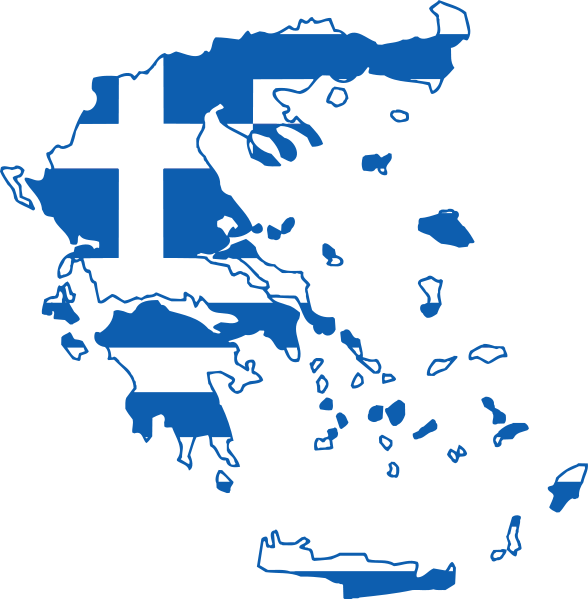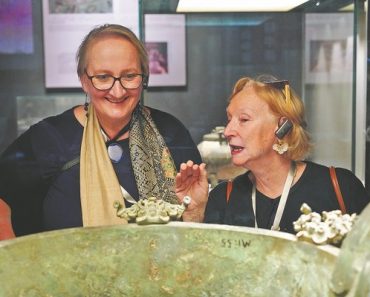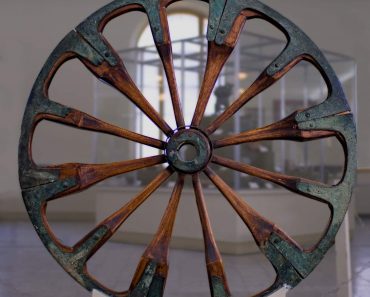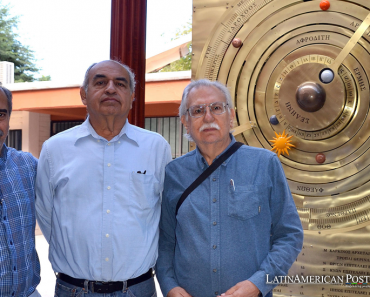
The 41st Athens Marathon officially kicked off on Saturday November 9th at the Marathon Tomb, located on the outskirts of the capital of Greece. Thousands of runners are participating in the two-day event which concludes on Sunday, November 10th.
Opening ceremony and key highlights of the 41st Athens Marathon
The opening of the OPAP Marathon EXPO and the press conference at the Palaio Faliro Indoor Hall marked the start of this year’s activities. There are three major races during the event.
Their finishing lines are at the Panathenaic Stadium, home to the first modern Olympic Games in 1896. These include the Authentic Marathon Race, a 6-mile (10 km) road race, and a 3-mile (5 km) road race.
The winners of last year’s event, Panagiotis Karaiskos and Gloria Privilegio, were the central figures at the press conference. Dimitris Halvatzaras, the technical director of the race was also a central figure. The event was opened by the president of The Hellenic Athletics Federation (SEGAS), Sofia Sakorafa, who spoke about this year’s race and its importance.
The mayor of Marathon, Stergios Tsirkas, spoke about its significance. He explained:
“This is the fifth year that I have been at the Exhibition, and this year is one of the most impressive and rich in exhibitors and attendees. As a Municipality, we are ready for the event, in cooperation with the Region of Attica, the Ministry of Sports, SEGAS, and of course our volunteers. We are waiting for you starting on Saturday for the lighting of the flame and the torch relay to the starting point. On the 16 kilometers of the route that cross our Municipality, as at all points of the race, we expect people to applaud and cheer on the athletes.”
Athens authentic Marathon retraces the run of an ancient Athenian courier
The major run traces the steps of Pheidippides, a news-bearing foot soldier from ancient Athens. The runner announced the victory of the Greeks against the Persians during the Marathon Battle in 490 BC. The announcement of the Greek victory is also said to have been the last thing he said.
According to Herodotus, known as the Father of History, Pheidippides accomplished a much more extraordinary feat. He ran from Marathon to Sparta and back, a distance of over 300 miles, to seek Spartan help in defeating the invading Persians.
However, according to the first version of the story, which unaccountably gained more traction over the years, the military courier ran from the battlefield at Marathon northeast of the Greek capital and then collapsed and died afterward.
The Marathon race became the top event in the modern Olympics
The 26.2-mile Marathon Race became one of the most competitive events during the revival of the Olympic Games in 1896.
A Greek athlete named Spyros Louis ran what has ever since been referred to as the Original Marathon Course. He started from the ancient city of Marathon and headed to the Panathenaic Stadium in Athens. Spyros Louis won the gold medal of the first modern Olympic Games. He became a legend of Greek and international athletics.
The Marathon Race has always been significant for sports enthusiasts, as it represents the ultimate test of human endurance. The human body, soul, and mind are pushed to their limits as the runner remains fixated on reaching the finish line.







